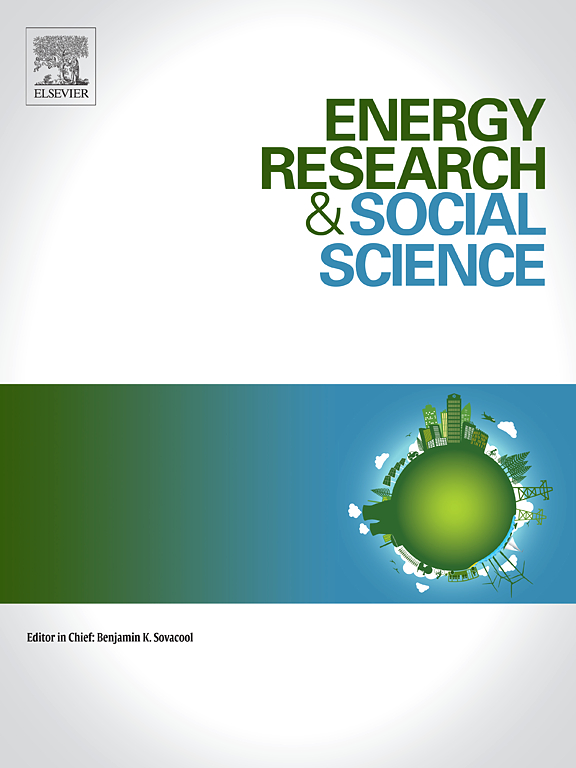Transport poverty vulnerability index: Making use of standardised databases
IF 6.9
2区 经济学
Q1 ENVIRONMENTAL STUDIES
引用次数: 0
Abstract
Despite its importance for socio-economic equity and urban planning, transport poverty is a complex issue that lacks clear measurement tools. The paper seeks to bridge this gap by introducing a composite indicator to assess transport poverty vulnerability in the European Union. The newly constructed vulnerability index for transport poverty, which includes direct and indirect dimensions of affordability, accessibility and mobility from Eurostat and the World Bank, identifies EU-27 countries facing the greatest challenges. Further, the new index is compared with an augmented index that adjusts for externalities such as environmental impacts and demographic factors, providing a more nuanced analysis. The findings reveal a shift in the ranking of countries when the augmented index is considered. While Slovenia, Luxembourg and Austria initially ranked highest (indicating lower transport poverty vulnerability), with the augmented index Denmark, the Netherlands, Czech Republic and Germany emerge as the least transport vulnerable countries. The augmented index generally indicates that countries which invest heavily in transport infrastructure and maintain a balance between annual earnings and transport costs exhibit the least transport poverty vulnerability. Notably, approximately 90 to 125 million people in the EU-27 experience some form of transport poverty, driving the need for targeted policy interventions to address this pervasive issue.
求助全文
约1分钟内获得全文
求助全文
来源期刊

Energy Research & Social Science
ENVIRONMENTAL STUDIES-
CiteScore
14.00
自引率
16.40%
发文量
441
审稿时长
55 days
期刊介绍:
Energy Research & Social Science (ERSS) is a peer-reviewed international journal that publishes original research and review articles examining the relationship between energy systems and society. ERSS covers a range of topics revolving around the intersection of energy technologies, fuels, and resources on one side and social processes and influences - including communities of energy users, people affected by energy production, social institutions, customs, traditions, behaviors, and policies - on the other. Put another way, ERSS investigates the social system surrounding energy technology and hardware. ERSS is relevant for energy practitioners, researchers interested in the social aspects of energy production or use, and policymakers.
Energy Research & Social Science (ERSS) provides an interdisciplinary forum to discuss how social and technical issues related to energy production and consumption interact. Energy production, distribution, and consumption all have both technical and human components, and the latter involves the human causes and consequences of energy-related activities and processes as well as social structures that shape how people interact with energy systems. Energy analysis, therefore, needs to look beyond the dimensions of technology and economics to include these social and human elements.
 求助内容:
求助内容: 应助结果提醒方式:
应助结果提醒方式:


